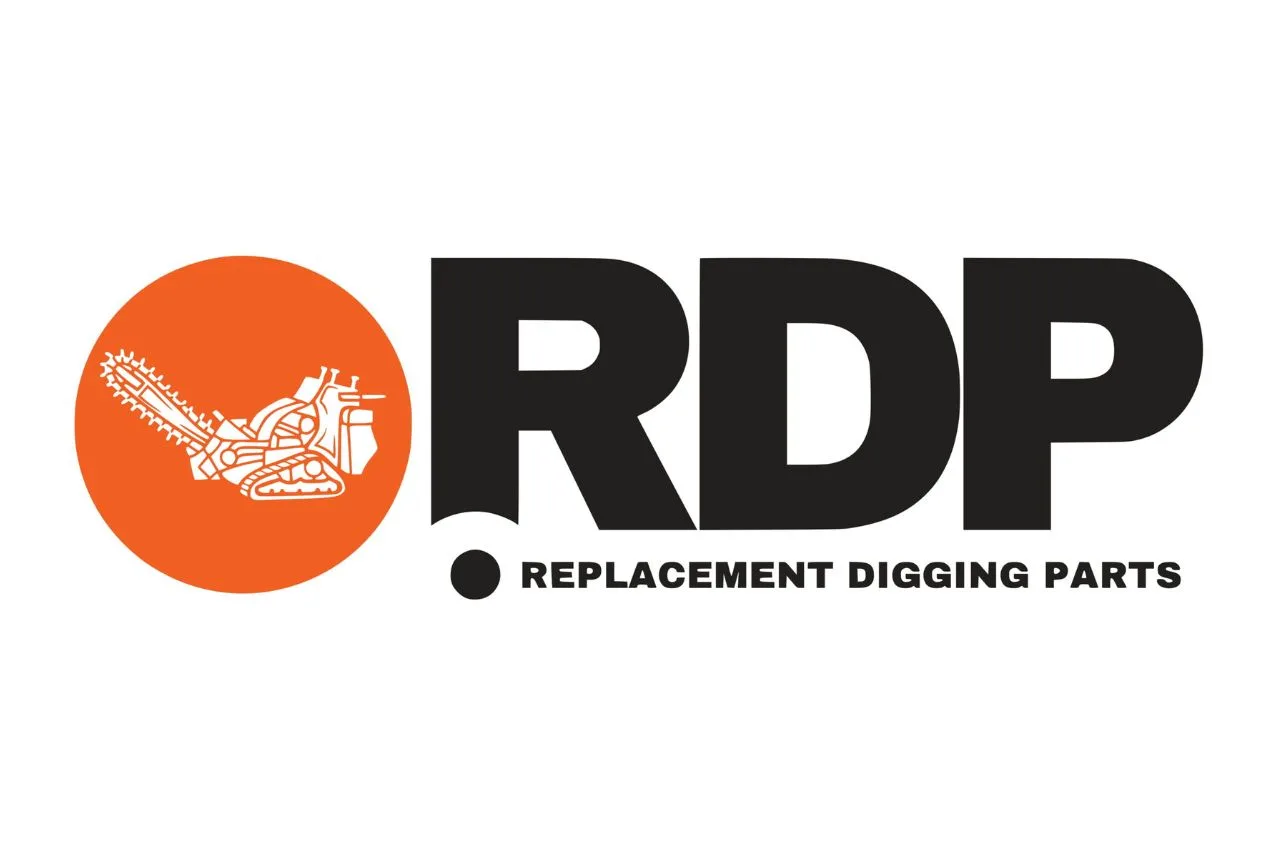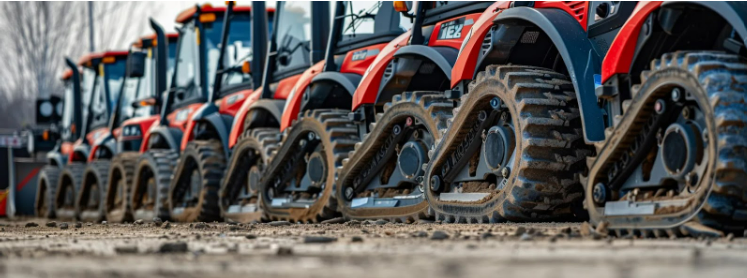Introduction
In recent years, the construction and landscaping industries have experienced a notable shift with the rise of mini skid steers. These compact, versatile machines have transformed how professionals tackle various tasks, thanks to their size, maneuverability, and efficiency. As smaller versions of traditional skid steer loaders, mini skid steers offer a unique combination of power and precision, making them indispensable for a range of applications.
What is a Mini Skid Steer?
A mini skid steer, also known as a mini track loader, is a scaled-down version of the traditional skid steer loader. These machines are designed to operate in tight spaces where their larger counterparts cannot fit or maneuver effectively. With their compact dimensions and specialized design, mini skid steers provide an array of benefits that enhance productivity and efficiency on job sites.
Size and Design
Mini skid steers typically have a width ranging from 36 to 48 inches, allowing them to navigate through narrow gates and doorways that would otherwise be inaccessible to larger equipment. They are equipped with either tracks or wheels, each offering distinct advantages depending on the job requirements and ground conditions.
- Tracks: Track-based mini skid steers are favored for their superior stability and traction on uneven or soft ground. The broad surface area of the tracks distributes the machine’s weight more evenly, reducing ground pressure and minimizing the risk of ground damage.
- Wheels: Wheel-based mini skid steers, while offering less traction on loose surfaces compared to tracks, are more suitable for hard, flat surfaces. They generally provide higher speeds and smoother travel over stable ground.
Maneuverability and Control
One of the standout features of mini skid steers is their exceptional maneuverability. Their compact size and the ability to turn in tight spaces make them highly effective for navigating around obstacles and working in confined environments. Many models feature zero-turn capabilities, allowing for tight, precise turns without the need for complex steering adjustments.
Modern mini skid steers are designed with user-friendly controls, making them accessible to operators with varying levels of experience. The intuitive control systems often include joystick operation, which simplifies the handling of the machine and its attachments, thereby increasing overall productivity on the job site.
Key Features and Benefits
Compact Size
The compact size of mini skid steers is perhaps their most significant advantage. With widths as narrow as 36 inches, these machines can access areas that are otherwise off-limits to larger equipment. This is particularly useful in urban environments or residential areas where space is limited. The ability to work in tight spots without compromising on power or performance makes mini skid steers a versatile tool for a variety of projects.
Maneuverability
Mini skid steers excel in maneuverability. Their design allows for precise control and agility, which is crucial for tasks that require intricate movements. Whether it’s navigating around existing structures or working in areas with limited space, mini skid steers offer superior control compared to their larger counterparts. This enhanced maneuverability translates into increased efficiency and reduced time spent on repositioning the machine.
Versatility
One of the defining features of mini skid steers is their versatility. These machines can be equipped with a wide range of attachments, expanding their functionality beyond simple digging or lifting tasks. Common attachments include:
- Buckets: Standard for excavation and material handling, available in various sizes and configurations for different types of work.
- Augers: Used for drilling holes in the ground, ideal for fence posts, planting trees, and utility work.
- Trenchers: Designed for digging narrow trenches, useful for laying pipes or cables.
- Pallet Forks: Handy for lifting and transporting heavy materials, such as pallets of bricks or lumber.
The ability to switch between different attachments quickly makes mini skid steers highly adaptable to changing job requirements. This versatility allows operators to handle a broad spectrum of tasks with a single machine, maximizing productivity and reducing the need for additional equipment.
Ease of Operation
Mini skid steers are designed with operator comfort and ease of use in mind. Many models feature ergonomic controls and adjustable seating, which contribute to a more comfortable operating experience. The intuitive control systems are generally straightforward, allowing operators to quickly become proficient with the machine. This ease of operation not only enhances productivity but also reduces the likelihood of operator fatigue and errors.
Reduced Ground Damage
The design of mini skid steers, particularly those with tracks, helps minimize ground disturbance. This is especially important for landscaping and work on sensitive surfaces where excessive damage could be detrimental. The track design distributes the machine’s weight more evenly, reducing the risk of ruts or compaction. This makes mini skid steers an excellent choice for projects where preserving the integrity of the ground is a priority.
Improved Safety
Safety is a crucial consideration in any construction or landscaping project, and mini skid steers are designed with several safety features to mitigate risks. Their smaller size and improved maneuverability reduce the likelihood of accidents in tight work environments. Many models come equipped with rollover protection systems, stability control, and other safety features that enhance operator safety and reduce the risk of machine-related incidents.
Applications of Mini Skid Steers
The versatility of mini skid steers allows them to be used in a wide range of applications. Here are some of the most common uses:
Landscaping
Mini skid steers are highly valued in the landscaping industry for their ability to perform a variety of tasks efficiently. They are ideal for:
- Grading: Achieving a smooth, even surface for lawns, driveways, and other landscape features.
- Digging: Excavating soil for planting trees, shrubs, and garden beds.
- Planting: Using augers to drill holes for new plantings.
- Material Handling: Transporting mulch, soil, and other materials across the job site.
The compact size and versatility of mini skid steers make them perfect for residential and commercial landscaping projects, where space constraints and the need for precise work are common.
Construction
In the construction industry, mini skid steers are employed for various tasks, including:
- Small Excavation Projects: Digging trenches, footings, and small foundations.
- Site Preparation: Clearing debris, leveling ground, and preparing areas for further construction.
- Material Handling: Moving construction materials such as gravel, sand, and bricks.
Their ability to access tight spaces and their range of attachments make mini skid steers valuable assets on construction sites, especially in urban environments or smaller job sites.
Agriculture
Farmers and agricultural workers utilize mini skid steers for several tasks, such as:
- Feeding: Transporting feed and other supplies around the farm.
- Material Handling: Moving bales of hay, feed, and other farm materials.
- General Maintenance: Performing various tasks related to farm upkeep and maintenance.
The compact size and versatility of mini skid steers make them suitable for use in barns, fields, and other agricultural settings where space may be limited.
Utility Work
Mini skid steers are also used for utility work, particularly in situations where access is restricted. Their applications include:
- Trenching: Digging narrow trenches for laying pipes or cables.
- Digging: Excavating around utility lines or other infrastructure.
- Material Transport: Moving tools and materials to and from job sites.
In utility work, the ability to operate in tight spaces and perform precise digging is essential, making mini skid steers a valuable tool for such tasks.
Choosing the Right Mini Skid Steer
Selecting the right mini skid steer involves several considerations to ensure that the machine meets the specific needs of your projects. Here are some key factors to keep in mind:
Lifting Capacity
The lifting capacity of a mini skid steer determines how much weight it can handle with attachments such as buckets or forks. Consider the types of materials and equipment you will be handling to ensure that the machine’s lifting capacity is sufficient for your needs.
Attachments
Think about the attachments you will need for your projects. Mini skid steers offer a wide range of attachments, so it’s important to choose a machine that is compatible with the tools you plan to use. Some machines may come with a standard set of attachments, while others may offer customization options.
Ground Conditions
Assess the ground conditions where the mini skid steer will be operating. Track-based machines are better suited for uneven or soft surfaces, while wheel-based machines perform better on hard, flat ground. Choose a machine that aligns with the conditions of your job sites to ensure optimal performance and minimize ground damage.
Space Constraints
Consider the dimensions of the spaces where the mini skid steer will be used. The machine’s width and overall size should be suitable for navigating the areas where it will operate. If you frequently work in very tight spaces, prioritize a model with a smaller footprint.
Operator Experience
Evaluate the experience level of the operators who will be using the mini skid steer. Some machines are designed with advanced control systems that may require more training, while others offer user-friendly controls that are accessible to operators with varying levels of experience.
Conclusion
The mini skid steer represents a significant advancement in compact construction equipment. Its ability to combine power, versatility, and maneuverability in a small package makes it an invaluable tool across various industries, from landscaping to construction, agriculture, and utility work. The continuous evolution of technology promises even greater efficiency and capability in future models, further enhancing the role of mini skid steers in modern projects.
As you consider incorporating a mini skid steer into your operations, keep in mind the key features and benefits that make these machines stand out. By understanding the unique advantages they offer and selecting the right model for your needs, you can maximize productivity, minimize ground damage, and ensure that your projects are completed efficiently and safely.
To learn more about the product you can send us your questions and inquiries here Replacement Digging Parts.

